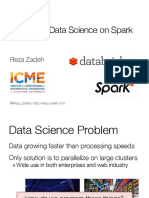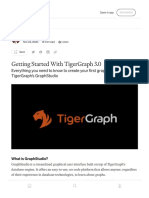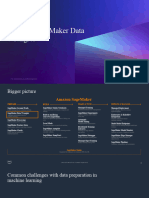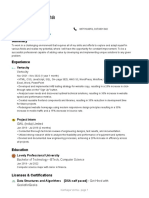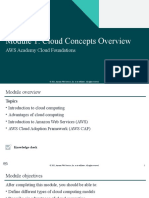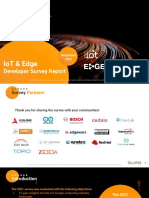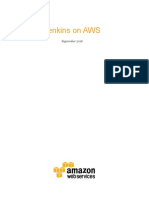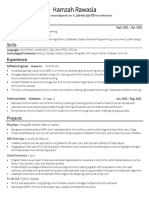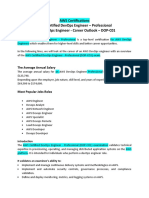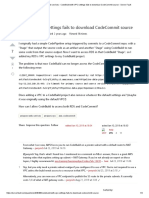0% found this document useful (0 votes)
37 views5 pagesPy Tiger Graph
This document provides comprehensive research findings on pyTigerGraph, a Python client for the TigerGraph platform, including official documentation, tutorials, and AWS-specific resources for deployment and integration. It covers topics such as CRUD operations, GSQL queries, AWS deployment options, security best practices, and community resources. The document also includes links to various resources and instructions for generating a PDF version of the content.
Uploaded by
Asish BanikCopyright
© © All Rights Reserved
We take content rights seriously. If you suspect this is your content, claim it here.
Available Formats
Download as PDF, TXT or read online on Scribd
0% found this document useful (0 votes)
37 views5 pagesPy Tiger Graph
This document provides comprehensive research findings on pyTigerGraph, a Python client for the TigerGraph platform, including official documentation, tutorials, and AWS-specific resources for deployment and integration. It covers topics such as CRUD operations, GSQL queries, AWS deployment options, security best practices, and community resources. The document also includes links to various resources and instructions for generating a PDF version of the content.
Uploaded by
Asish BanikCopyright
© © All Rights Reserved
We take content rights seriously. If you suspect this is your content, claim it here.
Available Formats
Download as PDF, TXT or read online on Scribd
/ 5
















